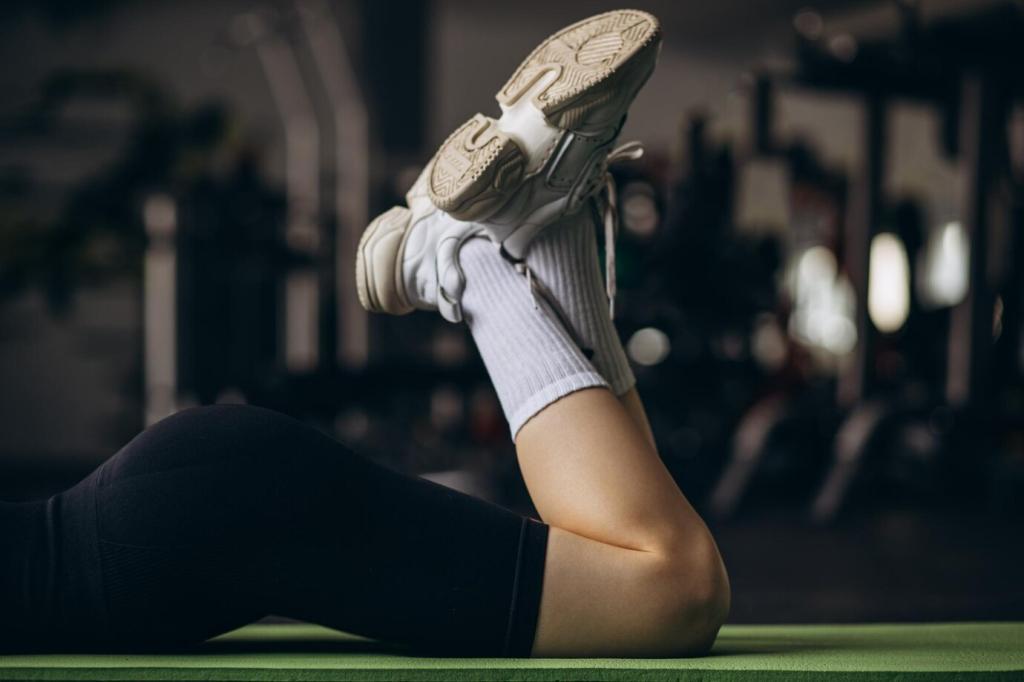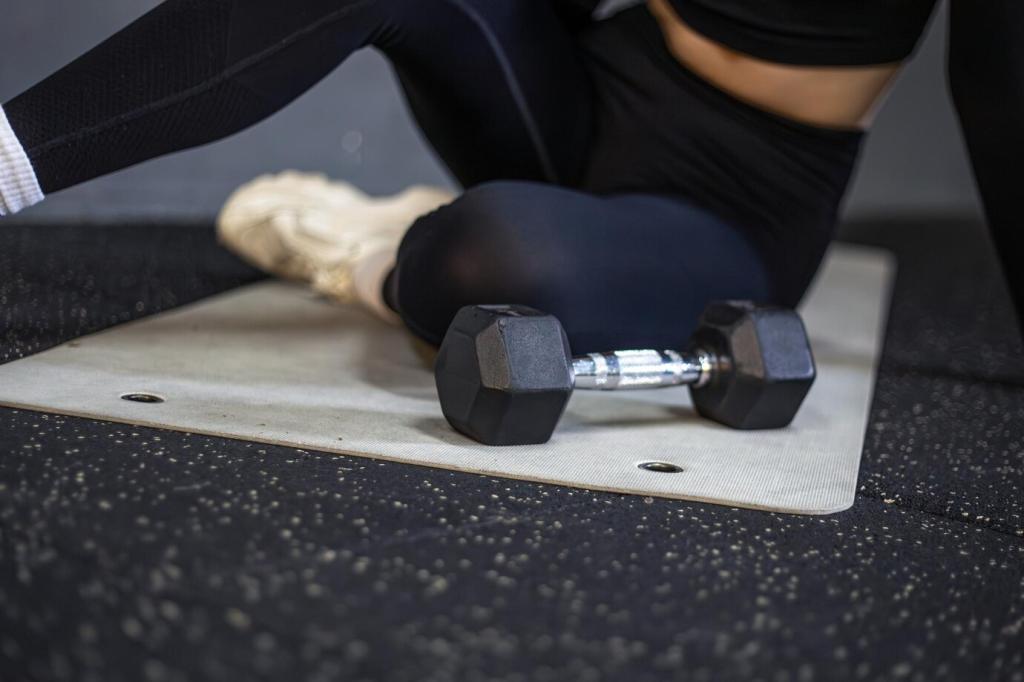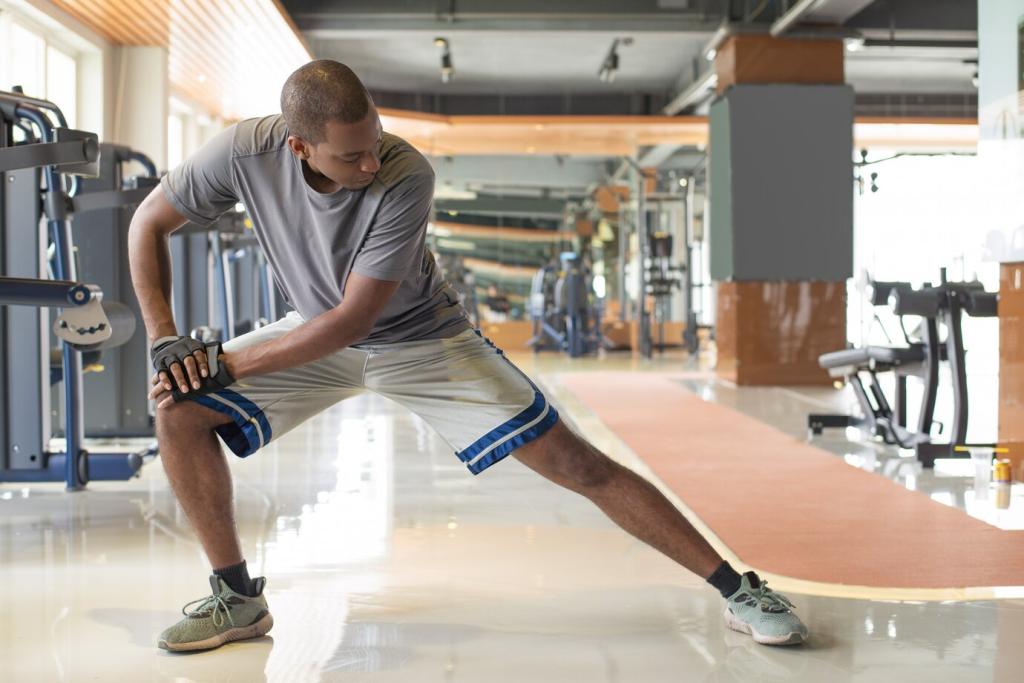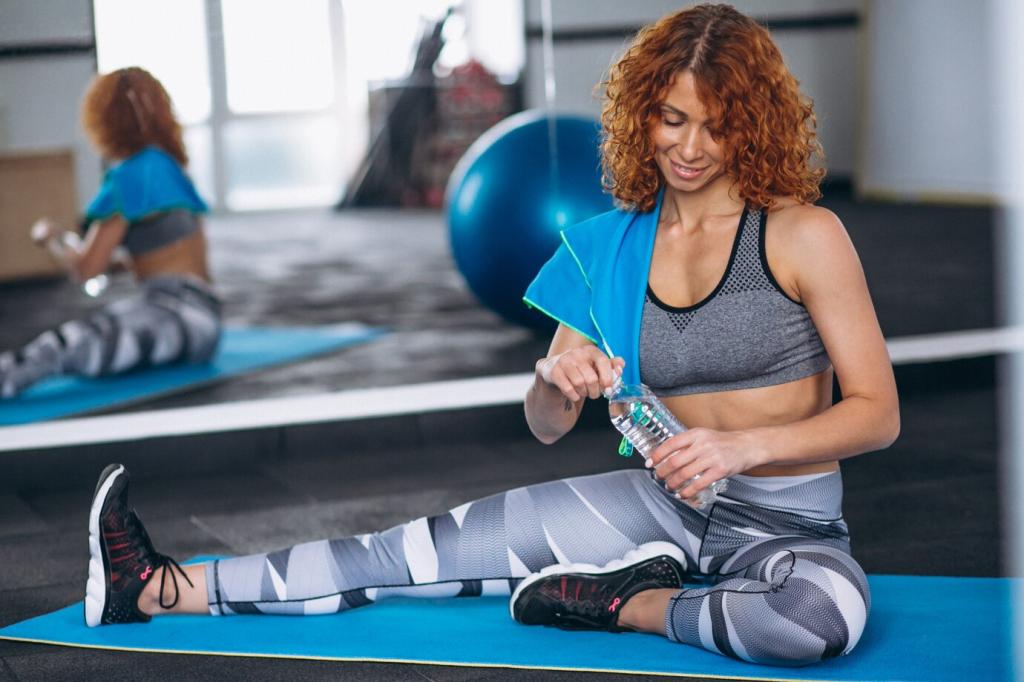
Injury Prevention with Yoga: Practice Smarter, Move Freer
Chosen theme: Injury Prevention with Yoga. Welcome to a warm, science-savvy space where safer alignment, progressive loading, and mindful breath transform your practice. Stay with us, share your questions, and subscribe to grow a resilient, joyful yoga journey.
Why Injury Prevention with Yoga Matters
01
Understanding common yoga-related injuries
Most yoga injuries arise from repetitive stress, end-range forcing, or rushed transitions between poses. Recognizing patterns—like wrist strain in weight-bearing or overstretched hamstrings in forward folds—helps you adjust technique, pace, and props before pain steals your momentum.
02
The alignment-plus-load approach
Alignment is your map, but load is the terrain. Matching healthy joint positions with appropriate intensity, duration, and frequency protects tissues. Think smart progressions, controlled eccentric strength, and gradual exposure rather than sudden breakthroughs that overwhelm your body.
03
Breath and awareness as your first safety tools
Your breath regulates the nervous system, widens perception, and guides pacing. Slow inhales and longer exhales reduce bracing and urgency. Scan sensations, honor early whispers of discomfort, and adjust. Awareness, not ego, keeps your practice steady, curious, and safe.

Spine-Safe Sequencing for Everyday Asanas
Neutral spine, bracing, and hip hinge
Before forward folds, hinge at the hips while maintaining length through the spine. Light abdominal bracing and strong legs protect lumbar structures. Micro-bend knees, shift weight evenly through feet, and resist the urge to chase depth at the expense of integrity.
Twists without torqueing discs
Create length on inhale, then twist on exhale by initiating from the mid-back, not the low back. Keep pelvis stable, soften shoulders, and move within a comfortable range. Gentle engagement safeguards discs, while attention to breath prevents abrupt, risky rotational force.
Backbends with support and progression
Warm hip flexors and thoracic spine before deeper backbends. Use blocks, straps, and bolsters to distribute load. Prioritize length over height, glute-co-contraction without clenching, and steady exhales. Build from sphinx to supported bridge before attempting more demanding shapes like wheel.
Shoulders and Wrists: Safer Weight-Bearing Strategies
Scapular rhythm in Down Dog and Plank
Think broad collarbones, external rotation, and active protraction to engage serratus anterior. Hands root evenly, especially through knuckles, to avoid collapsing. Subtle rib control and long neck space keep shoulders centered, transforming effort into sustainable strength rather than uncomfortable compression.


Wrist angles, props, and load sharing
Stack shoulders over wrists gradually. Use wedges, fists, or parallettes to reduce extreme extension angles. Spread fingers, press through fingertips, and involve forearms. Alternate with forearm plank and dolphin to diversify loading while developing supportive strength in multiple positions.




Know the difference: discomfort versus danger
Normal training discomfort feels diffuse and manageable, fading as you warm up. Sharp, pinching, or radiating pain signals overload or irritation. Respond by reducing range, modifying poses, or resting. Curiosity and caution together prevent small warnings from becoming significant injuries.

Designing sustainable weekly practice
Cycle intensity across the week: mobility and alignment days, moderate strength sessions, and one gentler recovery practice. Avoid stacking multiple deep backbend or arm-balance days consecutively. Consistent variety protects tissues and keeps your nervous system calm enough to learn.

Recovery basics that keep tissues happy
Prioritize sleep, hydration, protein, and gentle circulation work like walking or restorative poses. Short myofascial care with a soft ball supports blood flow without bruising. Celebrate rest days as active investments in progress, not interruptions to it. Your body remembers.
Real Stories, Real Lessons
Maya’s lower back comeback
After months of tugging hamstrings in deep folds, Maya learned to hinge, micro-bend, and strengthen eccentrically. Within weeks, morning stiffness eased. She says subscribing kept her accountable to tiny tweaks that finally unlocked pain-free progress without dramatic heroics.
A teacher reduces wrist complaints
Switching one class segment to forearm variations and teaching fingertip loading cut wrist complaints in half. Students reported stronger shoulders and less dread before vinyasa. It proved that practical regressions are not downgrades—they are confident choices that prioritize longevity and learning.
Your turn: share, subscribe, and shape our series
Tell us where practice feels uncertain, and we will build the next guide around your needs. Comment, invite a friend, and subscribe for progressive plans, checklists, and gentle nudges that keep Injury Prevention with Yoga front and center in every session.
